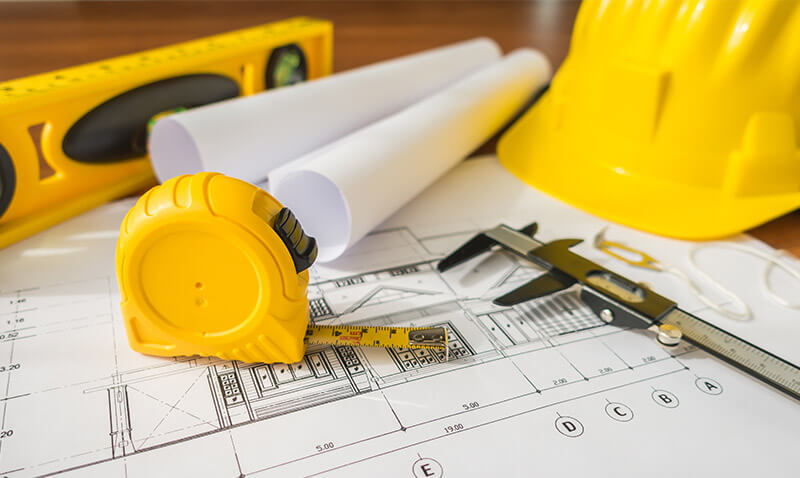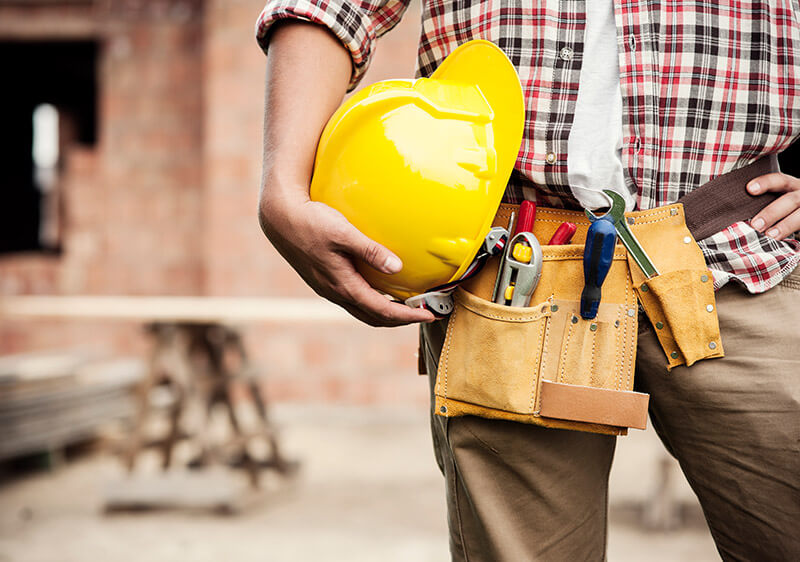The Future of Sustainable Construction: How Green Building is Changing the Industry
As the world becomes increasingly aware of environmental issues, the construction industry is evolving to meet the demand for more sustainable practices. Green building, also known as sustainable or eco-friendly construction, focuses on minimizing the environmental impact of buildings while improving energy efficiency and reducing waste.
What is Green Building?
Green building involves the design, construction, and operation of buildings in a way that reduces their environmental impact. This includes using sustainable materials, incorporating energy-efficient technologies, and ensuring buildings have a minimal carbon footprint.
Why Sustainable Construction Matters
The benefits of green building are far-reaching. Not only does it help reduce energy consumption and waste, but it also creates healthier living and working environments. Green buildings are designed to use less water and energy, improving both the ecological footprint and the building's long-term cost-effectiveness.
Key Elements of Sustainable Construction
- Energy Efficiency: Incorporating technologies like solar panels, LED lighting, and energy-efficient HVAC systems.
- Water Conservation: Installing low-flow faucets, rainwater harvesting systems, and water-efficient landscaping.
- Sustainable Materials: Using locally sourced, recycled, or renewable materials, such as bamboo, reclaimed wood, and recycled steel.
- Indoor Air Quality: Using non-toxic materials and ensuring proper ventilation to reduce harmful emissions inside the building.
The Future of Green Building
With increasing demand for environmentally conscious construction, green building practices are expected to become the standard in the industry. Governments are also offering incentives for sustainable building projects, making it an attractive option for both residential and commercial clients.




